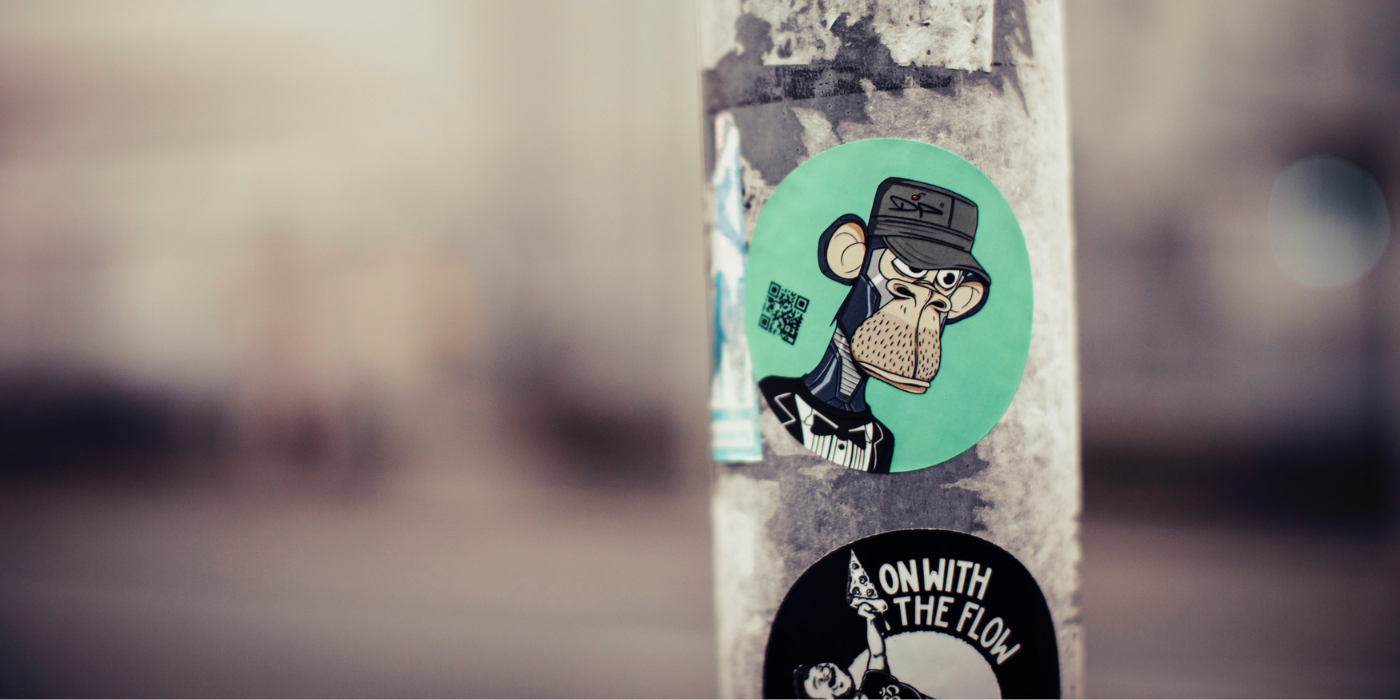Intellectual property and copyrights are complicated phenomena with long and convoluted histories. Dating back to the 18th century, copyright laws have evolved and been applied in many different ways across nearly as many legal jurisdictions. Just as varied are the ways in which companies choose to enforce perceived violations of their IP.
Games Workshop, for example, the board game company behind the wildly successful Warhammer 40,000 IP, has long disheartened its own fanbase by aggressively clamping down on fan-made content across the internet. In 2019, Disney decided to become the villain in its own real-life movie when the company refused a grieving father’s request to engrave an image of Spiderman on his deceased son’s gravestone.
But getting out from under the boot of traditional, hierarchical structures like these and empowering grassroots communities are major cornerstones of Web3’s power-to-the-people foundations. So, when NFTs started changing hands for hundreds of thousands of dollars, nobody was particularly thrilled to see the return of debates surrounding the IP rights of projects and collections, as they did with CryptoPunks, for example.
CryptoPunks, before their acquisition by Yuga Labs, allowed collectors to use their NFT as a profile pic, but that was about it. Bored Apes, on the other hand, allowed buyers to monetize their specific Ape, so long as they didn’t try to monetize the BAYC logo itself. Some interesting endeavors resulted from this, like Bored Wine Co., where you could send your Ape in to be transformed into a unique label on a vintage wine.
As people in the NFT ecosystem sought a way to both avoid messy copyright complications and legally empower their collectors, some projects began using something called a CC0 copyright license, a legal tool that some see as a solution to these problems.
If you’ve ever wondered why so many people are excited about the idea of NFTs and what they mean for the empowerment of the Web3 community, CC0 copyrights are one of the actual mechanisms driving that forward.
What is a CC0 license?
CC0, otherwise known as Creative Commons, simply means “no rights reserved” on intellectual property. It’s a form of copyright that allows creators to waive legal interest in their work and move it, as far as possible, into the public domain. In the case of NFTs, this is done explicitly so that collectors can build upon or rework the art in their NFT for any purpose — whether that means duplicating it, branding it, or marketing it. Projects with this license mean that you aren’t even limited to your own NFT — you could use any NFT in the collection, even for the logo of a new company, if you wanted.
This might seem counterintuitive at the outset. If IPs are so profitable, releasing these rights would be financial suicide, right? Not quite.
Why use CC0?
There are a number of benefits to using a CC0 license, the most basic of which is that it’s more likely to increase awareness of your NFT project’s brand.
NFTs that are out in the world and uninhibited by copyright are free to proliferate and spread awareness of your project, playing a significant role in appreciating that project’s value. Using a CC0 license also saves you a logistical and legal headache in dealing with IP theft, as there is technically nothing to be stolen to begin with.
More and more NFT projects are beginning to use CC0 copyright. Take Goblintown, one of 2022’s most heartwarmingly irreverent NFT projects. Because of its CC0 status, imitations of the project spread like wildfire. In just a few days, Goblintown derivatives took over OpenSea’s volume chart, accounting for an absurd 43.7 percent of total trade volume on the platform on June 2, 2022. Achieving cultural significance is the key to success in the NFT ecosystem, and one of the best ways to do that is with a CC0 license.
To see how well using a CC0 license can play out, just look at the Nouns NFT project. The collection was one of the first to experiment with Creative Commons. After voting on various proposals in the Nouns DAO regarding the use of the NFTs in the community, members approved various projects that saw them collaborating with Budweiser, putting out a documentary, creating a Nouns coffee brand, and donating money to support Ukrainian refugees. The result? The Nouns DAO Treasury is currently sitting on 26,241 ETH (over $28 million at the time of writing).
Nouns is far from the only project using this kind of license. Chain Runners, Mfers, CrypToadz, and others all incorporate CC0 into their foundations and have benefited as a result. This kind of legal solution is a pristine example of Web3 principles in action, and its embrace by the NFT community has helped create something a little more akin to the decentralized world that many hope it will someday resemble.
Ultimately, however, and like everything else in the NFT space, CC0 is not a one-size-fits-all application, and every project will have different needs. Still, it has been encouraging to see how it is being used for the projects that find it a good fit.
The post CC0 and NFTs: Understanding Ownership appeared first on nft now.




